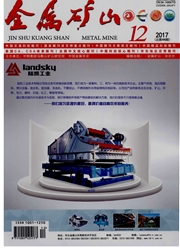

 中文摘要:
中文摘要:
北斗MEO、IGSO和GEO3种卫星联合高精度定位时,会对定位模型的结构产生影响,通过采用正弦高度角模型、正切高度角模型、高度角与卫地距组合模型以及高度角、卫地距与信噪比组合模型等4类随机模型对不同长度不同高差的短基线进行解算,对比和分析不同随机模型对于不同长度不同高差的短基线的模糊度解算成功率及定位精度的影响。结果表明:短距离、小高差的基线,采用正弦高度角模型模糊度成功率和定位精度最高;长距离、大高差的基线,采用正切高度角模型模糊度成功率最高,而采用高度角、卫地距与信噪比组合模型定位精度最高。
 英文摘要:
英文摘要:
High-precision positioning jointed by three satellites of Beidou MEO, IGSO and GEO have an impact on the structure of the positioning model. Based on the sinusoidal elevation angle model, the tangent elevation angle model, the combi- nation model of the elevation angle and the distance from the satellite to the ground station and the combination of the elevation angle, the distance from the satellite to the ground station and the signal-to-noise ratio, these four stochastic models are used to solve the short baseline with different length difference and different elevation difference. The effects of different stochastic models on the ambiguity resolution success rate and positioning accuracy of the short baseline with different length difference and different elevation difference are contrasted and analyzed. The result shows that for the baseline with short distance and small elevation difference, the sinusoidal elevation angle model have the highest ambiguity success rate and positioning accura- cy; For baseline with long distance and large elevation difference ,The tangent elevation angle mode have the highest ambiguity success rate,while the combination of the elevation angle, the distance from the sateUite to the ground station and the signal-to- noise ratio have the highest positioning accuracy.
 同期刊论文项目
同期刊论文项目
 同项目期刊论文
同项目期刊论文
 期刊信息
期刊信息
